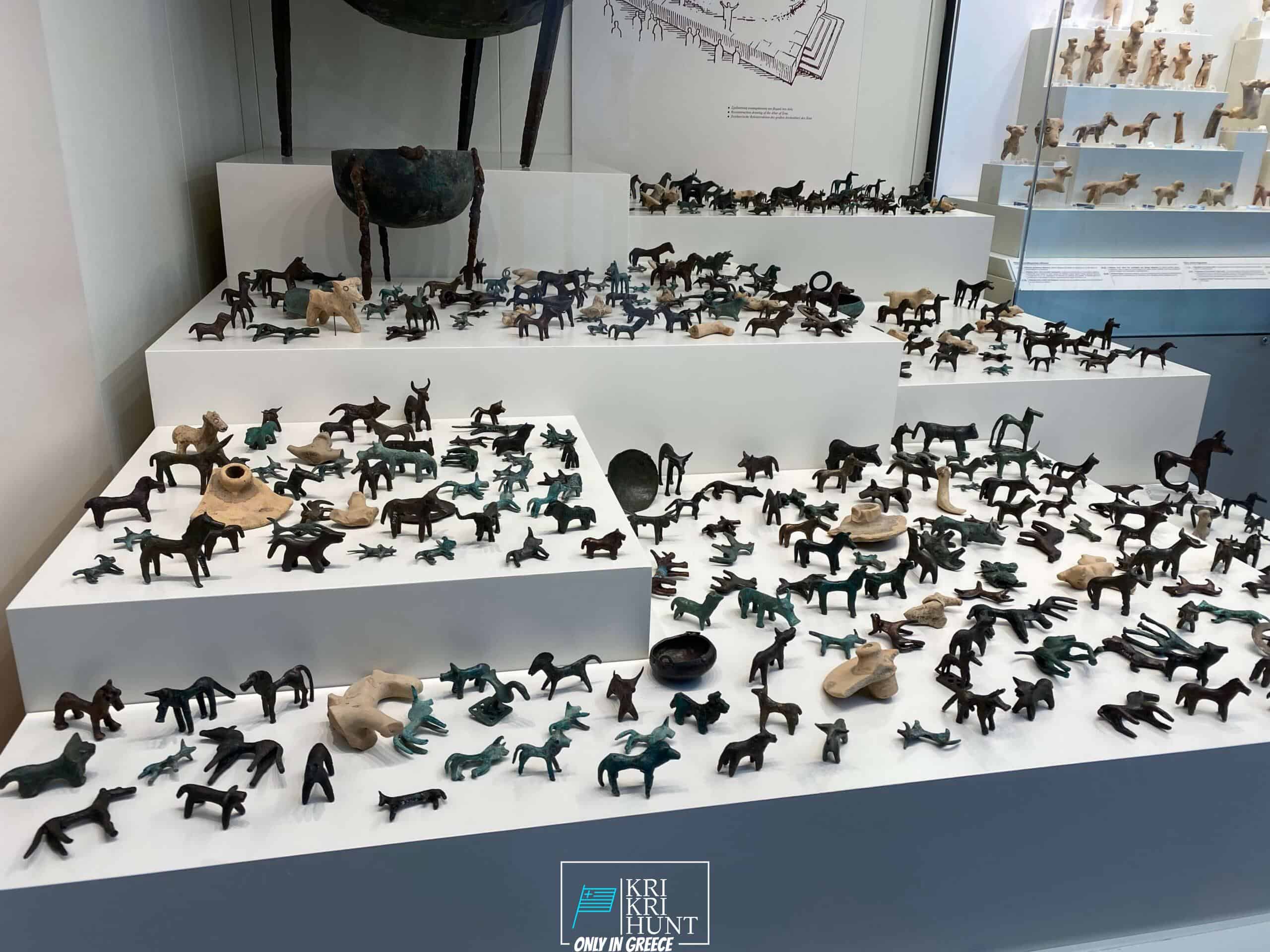Sign up with the hunt for Kri kri ibex
Sign up with the hunt for Kri kri ibex
Blog Article

To many people, The Peloponnese peninsula on the Greek Mainland is the 'real' Greece, where points have not changed a lot whatsoever over the centuries although that lots of people have discovered it. If you are searching for a genuine Greek outdoor experience, look no more than the Peloponnese! Below you can diving as well as searching on unique islands as well as exploring at the same time.

Pursuing the kri kri ibex in Greece is a difficult task, particularly if you're a worldwide seeker. You must be a local seeker in order to quest kri kri ibex, which can just be fired in specific very carefully protected searching locations like particular islands. On two islands, 150 kilometers/ Atalanty/ as well as 300 kilometers/ Sapientza/ from Athens, we provide the opportunity to quest this amazing animal. It is just fired in unique searching locations from early morning up until noontime, based on Greek legislation. Only shotguns may be made use of, as well as only slugs might be used. Slugs are the only ammunition allowed. To guarantee that only severe seekers are permitted on these explorations, you must schedule a year beforehand for your license. The licenses are released by the Greek Ministry of Nature and also Agriculture and also the government concerns a certain number yearly.
What to Expect on a Peloponnese Tour? You can expect to be blown away by the all-natural elegance of the location when you schedule one of our searching and visiting Peloponnese Tours from Methoni. From the immaculate coastlines to the forests and hills, there is something for every person to enjoy in the Peloponnese. In addition, you will certainly have the opportunity to taste a few of the best food that Greece has to offer. Greek cuisine is renowned for being fresh and also delicious, and you will absolutely not be disappointed. Among the most effective components about our trips is that they are made to be both fun as well as academic. You will certainly learn more about Greek background and also culture while also reaching experience it firsthand. This is an impressive opportunity to submerse yourself in everything that Greece needs to offer.
If you're searching for a genuine Greek experience, then look no more than our outdoor hunting in Greece with angling, as well as complimentary diving tours of Peloponnese. This is an unforgettable way to see everything that this remarkable region has to offer. Schedule your scenic tour today!
What is the diference between Kri Kri ibex, Bezoar ibex and hybrid ibex
The kri-kri is not thought to be indigenous to Crete, most likely having been imported to the island during the time of the Minoan civilization. Nevertheless, it is found nowhere else and is therefore endemic to Crete. It was common throughout the Aegean but the peaks of the 8,000 ft (2,400 m) White Mountains of Western Crete are their last strongholds–particularly a series of almost vertical 3,000 ft (900 m) cliffs called ‘the Untrodden’—at the head of the Samaria Gorge. This mountain range, which hosts another 14 endemic animal species, is protected as a UNESCO Biosphere Reserve. In total, their range extends to the White Mountains, the Samaria National Forest and the islets of Dia, Thodorou, and Agii Pandes.
This Ibex is NOT a diminutive form of the Bezoar Ibex, which has migrated into the western-most reach of the range of this species. The kri – kri (Capra aegagrus cretica), sometimes called the Cretan goat, Agrimi, or Cretan Ibex, is a feral goat inhabiting the Eastern Mediterranean, previously considered a subspecies of wild goat. The kri-kri has a light brownish coat with a darker band around its neck. It has two horns that sweep back from the head. In the wild they are shy and avoid tourists, resting during the day. The animal can leap some distance or climb seemingly sheer cliffs.
“The agrimi goat Capra aegagrus cretica is unique to Crete and its offshore islands. It has been identi®ed as a sub-species of the wild bezoar goat Capra aegagrus aegagrus Erxleben, 1777, which it closely resembles in horn shape, body form and coloration. This classi®cation has been disputed by some researchers who claim that the agrimi are feral goats, derived from early domestic stock brought to the island by the ®rst Neolithic settlers. In order to clarify this issue, DNA analyses (cytochrome b and D loop sequences) were carried out on tissue of live and skeletonized agrimi and compared to sequences of wild and domestic caprines. Results conclusively show the agrimi to be a feral animal, that clades with domestic goats (Capra hircus) rather than with wild Asiatic bezoar. This study demonstrates that morphometric criteria do not necessarily re¯ect genetic af®nities, and that the taxonomic classi®cation of agrimi should be revised.”
Report this page